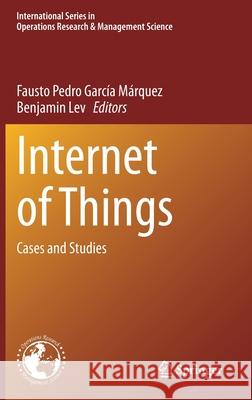Internet of Things: Cases and Studies » książka
topmenu
Internet of Things: Cases and Studies
ISBN-13: 9783030704773 / Angielski / Twarda / 2021 / 304 str.
Kategorie:
Kategorie BISAC:
Wydawca:
Springer
Seria wydawnicza:
Język:
Angielski
ISBN-13:
9783030704773
Rok wydania:
2021
Wydanie:
2021
Numer serii:
000904291
Ilość stron:
304
Waga:
0.63 kg
Wymiary:
23.39 x 15.6 x 1.91
Oprawa:
Twarda
Wolumenów:
01
Dodatkowe informacje:
Wydanie ilustrowane











